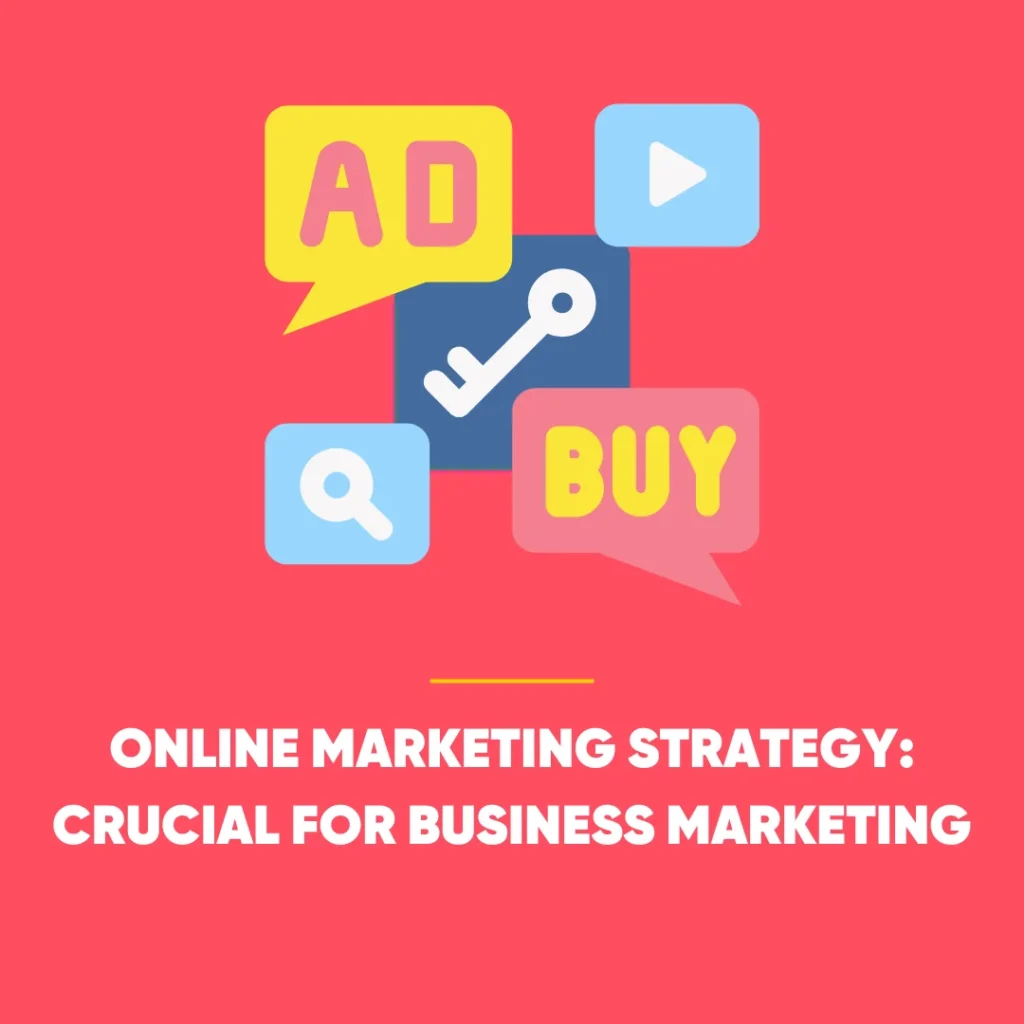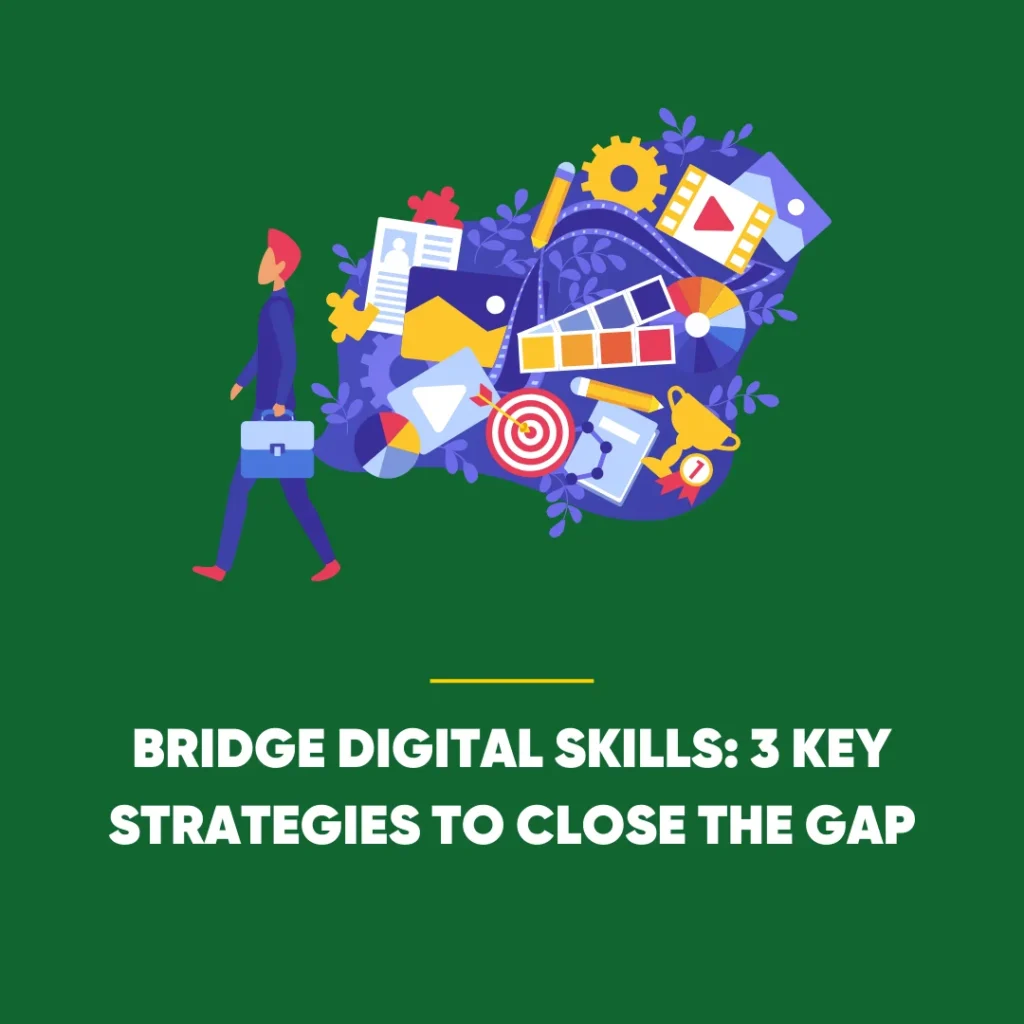Social Media Marketing for Businesses
Social media marketing has become increasingly important in today’s digital world. If your business isn’t using social media to reach potential customers. It’s missing out on some of the best opportunities to connect with them. However, there are many ways to use social media for marketing that can be effective or not-so-effective depending on the approach you take. In this post we’ll explore some steps to help ensure that your social media marketing efforts are working as well as they should be:
Offer Value
- Offer value
-
Give your audience something of value.
-
Give your audience something of value.
Also, remember to give your audience something that makes them feel important.
Don’t underestimate the power of a small gesture. Sometimes all it takes to make your audience feel like they’re being heard is to listen.
Social media is a great way to get your message out. However, it only works if people care about what you have to say. So make sure that you’re giving them something of value and letting them know how much they mean to you.
Be consistent
To build an audience, you have to be consistent. Consistency helps your audience remember you and build trust by showing them that they can count on your content to be available every day, week, or month. If a reader comes back regularly and sees new content, they’re more likely to come back again.
You also want consistency in your social media posts because it helps you build a brand image. For example, if all of your posts are about cute animals (which is great), then people will start associating those posts with you when they see something related—like an ad for an animal shelter that needs help adopting out pets!
Obviously, it is important to create consistent content. However, the most effective way to do this is by creating a schedule that you stick to. Your social media audience will come back every day because they know when to expect new content. You can even set up automated posts so that your followers don’t miss anything! It’s time for another question: How many times per week should you post on social media? There are some general guidelines for how often businesses should post on social media.
Establish a presence on multiple channels
Social media marketing is an important part of your business strategy. It can be a great way to increase your brand awareness and engage with customers, but it’s also essential for staying up-to-date on industry trends and developing relationships with influencers and thought leaders in your niche. When you’re first starting out, it may feel overwhelming to set up multiple social media accounts across Facebook, Twitter, Instagram and more—but once you’ve established a presence on one or two channels (like Facebook), adding new ones becomes much easier. Here are the steps you need to take:
Use Influencers
Influencers are people who have influence over your audience. If you can get an influencer to promote your product or service, they will help increase brand awareness, improve search engine rankings, and drive traffic back to your website. While it’s important to use influencers for marketing purposes, you should also be careful not to mislead customers by promoting products or services that aren’t actually available.
Influencers can be paid or unpaid; however, it is always better for the business if they are paid! Paid influencers can make their work more personal because they have an incentive in place (i.e., money). Unpaid influencers may not feel as personally invested in creating content for a brand because there isn’t any financial gain involved in doing so—plus there’s no guarantee that the content will even be shared with enough reach-ability within any given social network platform where people may see it without having been invited first (which would require being “followed” by them directly) before even getting started on this journey.”
Make it easy for your audience to engage with you
When you’re inviting people to engage with your business, make sure it’s easy. Your website should be mobile friendly, easy to use and find, easy to navigate and understand, and—most importantly—easy for visitors to contact you.
Some of the basics include: * A clear, easy-to-follow navigation menu * Pages that load quickly—consider compressing large images or videos if necessary * Contact information prominently displayed on your website and social media pages—preferably with links to your email address and/or phone number
Measure your results
After your campaign has run its course, you’ll want to look back over the results and see if it was worth the investment. You can track these metrics:
- Cost per sale or lead
- Average order value (AOV)
- Click-through rate (CTR) or conversion rate (CR) on your ads, landing pages and other digital assets that were developed for this campaign. This will help show how well each piece of content performed in relation to others. For example, if a particular infographic had a higher CTR than another one you created at roughly the same time, this means people find it more useful or interesting. It’s important to keep in mind that while CTRs are useful when comparing between different kinds of content such as infographics vs blog posts vs video tutorials, they aren’t necessarily helpful when measuring whether one specific piece of content is successful compared with another. For example: If one infographic had a higher click through rate than another but didn’t result in more sales due to poor landing page design/copywriting skills then there was no real improvement because their conversion rates would both be low
Social media marketing should be an important part of your business strategy.
The benefits of social media marketing are immense, including:
Increased visibility and brand awareness. Your target audience can find you on social media sites even if they don’t know what you’re called or where you’re located in the real world. You can also build trust with potential customers by demonstrating expertise through social media posts, images and videos.
Greater connection to customers. Social media is all about engagement: answering questions, responding to complaints or requests for help — anything that shows you’re listening and participating in the conversation with consumers can help establish rapport between brands and customers.
Improved customer service (and greater loyalty). Social networking makes it easier for businesses to address customer issues quickly; it also helps form relationships between companies and their followers who appreciate being able to reach out without having to call anyone directly at work hours or email them during off-hours when everyone else is asleep! (We’ll talk more about this in a moment.)
In conclusion
In conclusion, social media marketing is an important part of any business strategy. It can help you grow your audience and build valuable relationships with customers. The key is to offer value first and foremost, then be consistent in how you engage with them on different platforms, use influencers and make it easy for them to reach out (and vice versa). Measure your results so that you can keep track of growth over time!








